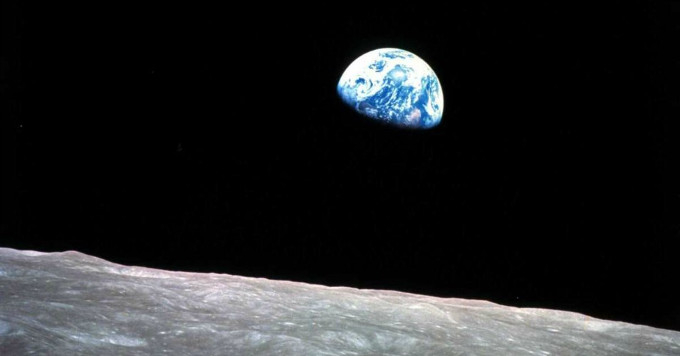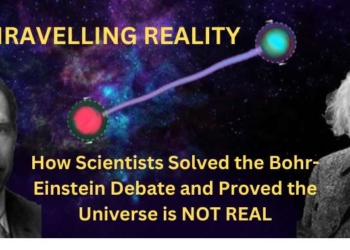
By Randall Amster | Common Dreams
Among the many wonders of the digital age is the ability to zoom in or zoom out with the push of a button. Whether used on a camera, video screen, or a magnifying app, this quality of jumping scale is critical for a multitude of purposes, but probably underappreciated when compared to functions with more bells and whistles. In this holiday season, however, it might be useful to consider it a rare gift.
Just half a century ago (51 years, to be precise), the astronauts of Apollo 8 sent a message back to Earth on Christmas Eve en route to the moon, addressing a quarter of the world’s population through a live video feed. They quoted scripture, reflected on the distant gaze, and (after a successful rocket burn pointed them home) appropriately shared the good news: “Please be informed: there is a Santa Claus.”
All of this, however, was merely the preamble to what may be the most enduring feat of this mission: the first pictures of Earth from space shared back with all of the planet’s inhabitants. Much was written about this last year on the 50th anniversary of the mission, with commentators advancing sentiments noting that it “changed how we see ourselves.” The profundity inspired bards and conservationists alike.
In addition to providing fodder for lyricists and helping to launch the modern-day environmental movement (the first Earth Day was held 16 months later), this momentous “Earthrise” event set the template for what later became known as the “overview effect”—a cognitive moment of mental clarity sparked by seeing the “big picture” and recognizing both the beauty and frailty of our earthly existence.
Indeed, on the Apollo 8 mission itself, pilot Jim Lovell casually observed: “The vast loneliness is awe-inspiring and it makes you realize just what you have back there on Earth.” The astronauts who brought us this awesomeness went into space as pilots and came back as poets, believing that the cosmic gift of novel perspective might be humankind’s saving grace from the ravages of conflict and degradation.
From the vantage point of space, it is difficult to see the Earth as anything but a shared home and a single interconnected system. Zooming out, even just into near space, blurs lines of human and geographical division, and for a moment at least has the potential to unite humanity in common purpose. As clichéd as it sounds in a jaded world, such a view may be our last best hope for the future.
Unfortunately, what goes up must come down, and even lofty images and aspirations eventually have to get back down to ground level. Zooming out may soften the edges for a moment, but with crises ranging from climate change to weapons of devastation, it is incumbent upon us to zoom in and engage the issues where we find them; this means less poetry and more politics, less ecotopia, and more economics.
As it turns out, though, the micro and macro scales possess a curious convergence in which the stark and sometimes crude “reality” that is packaged and promoted to us through nearly every portal is merely an arbitrary position on a spectrum from which both endpoints convey a sense of wonder. Our existence at any scale is indeed a cosmic gift, even more so when we consider its full range of operation.
A landmark short film from 1977 called “Powers of Ten” played with this concept and inspired a generation of schoolchildren in the process, conveying from the limits of knowledge how the emptiness of space is normal while “the richness of our own neighborhood is the exception.” A recent digital homage titled “Cosmic Eye” likewise plays on these concepts, with the addition of cutting-edge effects.
Befitting the era, Cosmic Eye also has a corollary app that allows users to “zoom in and out of a preset image, by enormous zoom factors, reaching down the smallest known subatomic particles and up to the entire observable universe.” In all of these treatments, there is an intriguing similarity between the micro and macro scales, comprised of vast empty spaces and sporadic clusters of mind-bending lights.
This capacity to think at scale—to do a “deep dive” and dig into the key details when one is so inclined, or to surf the waves and take a bird’s-eye view—is a hallmark of our times. In this season where many are inclined to a moment to see the good, perhaps this capacity can reclaim its spirit of awe and be deployed toward the immense challenges before us. If so, it may well be the greatest gift ever delivered.

















